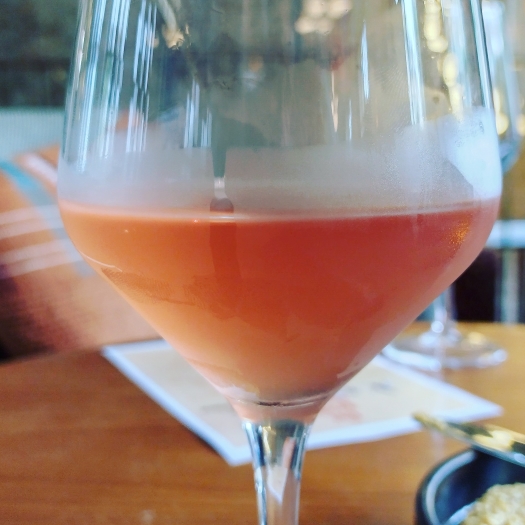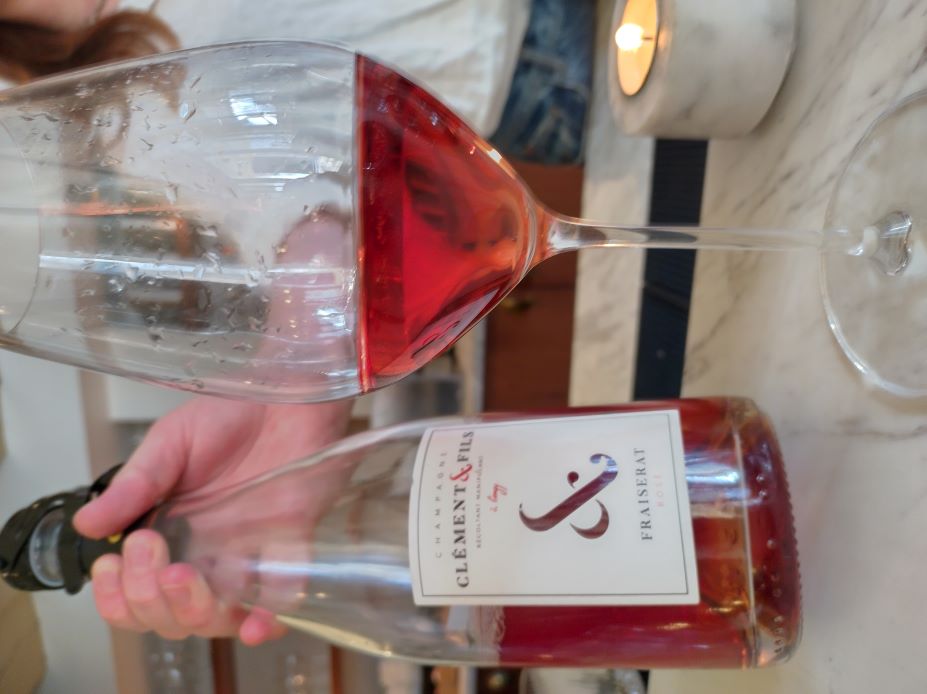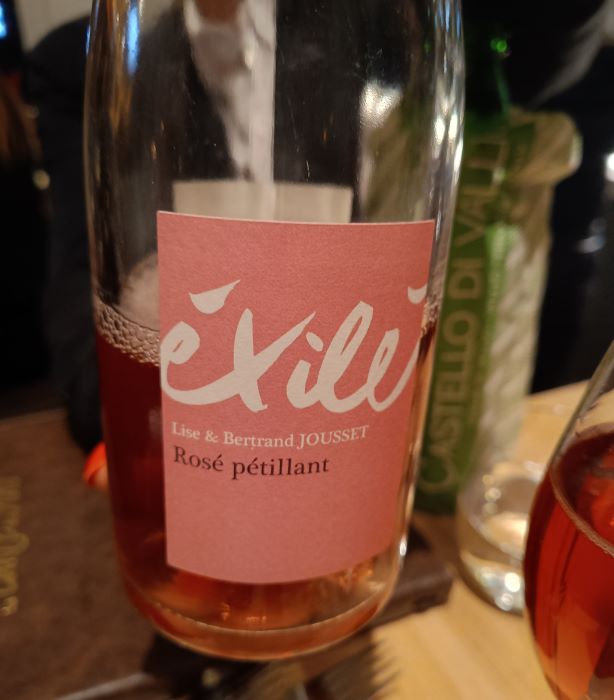Fifty shades of rosé
It is spring! Well, almost. With the rising temperature comes the desire to drink something lighter than red wine and fruitier than white wine, what about a rosé?

But how to choose? Unlike red or white wines, rosé wine has some singularities, starting with the color, rosés come with a large palette of colors than any other wine, from grey to clear red. There are so many appellations and tastes. How to see things more clearly?
But first, what is a rose? You will read that a rose is not a mix of red and white wine, true, most of the time. In France, all wine with the appellation Rose is made using red grapes. There are two ways to make a rosé, maceration or pressing. For the first one, called “rosé de saignée” or maceration rose, grape skins were macerated with the juice for some time before the juice extraction (the saignée, meaning bleeding in French). It is similar to the way red wine is made. The second method is the same as to make white wine. Grapes are pressed to extract the juice. In this method, the winemaker presses the grapes but lets them be macerated for a few hours before extracting the juice. After the extraction, the alcoholic fermentation starts.
All wine appellations allowing rosé wine, follow the first or the second method. And many appellations allow Rosé is not limited to the Provence region (the largest rosé vineyard in France), you can find rosé in Bordeaux, Beaujolais, Loire, South West, Alsace, Bourgogne, Rhone, and Languedoc. All use one or the other method.
This is only for wine following one French appellation, but of course, there is an exception, Champagne. Champagne rosé can be made by macerating the skin of dark grapes (Pinot Noir and Pinot Meunier), we have a “rosé de saignée”, or by blending white wine and red wine, we talk about a “rosé d’assemblage”.

But it is only for appellation, outside appellation, in Vin de France, for example, the rules are not the same, well there is no rule. So, making a rosé can be done by blending juices or grapes or by using the two traditional methods.
Rosé wine is more complex than you thought. And the complexity doesn’t stop here. In the rose world, a rosé is not called a rosé all the time. You can have a “Gris de Gris” (a rosé made with grey grapes, meaning pink, like Pinot Gris, Sauvignon Gris, or Grenache Gris), or simply “Gris” (a very short maceration of red grapes, generally with a pale color), You can also have a “Clairet”, a light red wine, it is the original rosé as it is produced since the Middle Age.
What about the taste, with several ways to make a rosé, several regions, and several varieties, it is difficult to be synthetic. But here are some hints:
The first thing is the maceration duration. It influences the color and the taste. The longer the maceration is the more color compounds are extracted. The maceration rosé has more fruits, fresh and ripe, with some spice, and is rounder than other rosé.
Pressing rosé are generally fresher, with high acidity, fresh fruits, and flower aromas. Flavors are also influenced by the variety used, the region, the appellation, and the winemaker’s talents. There are many flavors of rosé as well as many styles.
But be aware of entry-level rosés you can find at your local supermarket; their taste is as pale as their color. As for every wine, better to choose one from a winemaker, if you can a natural winemaker.
Here’s my preference for natural wines:
- Domaine de L’Anglore, Tavel, a mixe of Mourvèdre and Grenache, intense
- Domaine Philippe Viret, Solstice Rosé, a mix of Caladoc, Mourvedre, Merlot, Counoise. Very fresh and elegant
- Domaine Tripoz, Sans Histoire, Bourgogne Rosé. « Rosé de Saignee » is 100% Pinot Noir, round, and mineral.
- Mataburro, Mura Mura, a Blend of Merlot, Grenache Noir, and Muscat. Delicate and fresh
- Patrice Colin, Gris Bodin, Coteaux du Vendomois. Pineau d’Aunis, fresh with minerality and red fruits aromas
- Domaine les Buis, Chauffe Marcel. A blend of Fer, Gamay, Negrette, Jurançon Noir, and other varieties. Fresh, fruity, and spicy
- Maison Drappier, Rosé Brut Nature Zéro Dosage. A Champagne made from Pinot Noir with red fruits and citrus aromas.
- Jean Maupertuis, Lave Grise. A fresh gamay from the volcanic soils of the Auvergne Region.
- Mas Del Perie, A Table, a rosé made from Malbec, Merlot and Tannat. A gourmet wine to drink while eating.
- Paul Fouassier, Sancerre Rosé. Another Pinot Noir this time from the Loire, with red fruit, citrus, and mineral.

This is not my definitive selection, you can test by yourself, and you can check your favorite appellation, Beaujolais for example, that can produce very great rosé. But there are, definitely, many good rosés, so don’t waste your time on the bad ones.